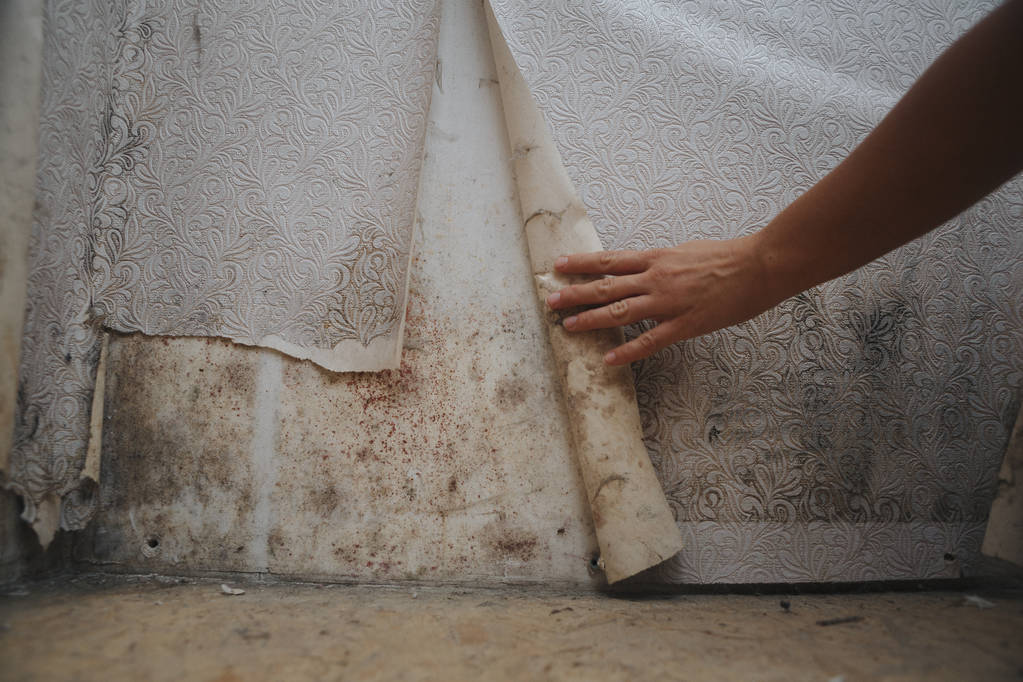Mould on the walls is an eyesore more than anything; it is also a persistent nuisance that can easily affect air quality, cause damage to the walls, and sometimes trigger health issues. Most house owners clean these walls regularly and still find out that moulds keep coming back. Knowing why this happens helps in keeping walls permanently free from moulds.
Moisture: The Source of Recurring Mould
Mould thrives in damp conditions, and its prevention is ensured if moisture becomes the most crucial factor. Mould grows and thrives best when there are high humidity levels, water leaks, and condensation. Regardless of how hard one cleans the house, nothing can keep the mould away as long as such moisture problems aren’t addressed.
Condensation is also another common culprit, often in bathrooms, kitchens, and poorly ventilated rooms. Warm indoor air hitting cooler walls, especially external walls, causes condensation that fosters mould. Damp can rise from many types of sources; for instance, leaky pipes, a roof damaged in some place or from damp coming up from the ground and into walls.
Poor Ventilation Feeds the Problem
Stale air and lack of circulation allow humidity to build up, creating conditions where mould can flourish. The poor airflow prevents walls from drying completely, and the moisture gets trapped inside the paint, wallpaper, or plasterboard. This is very problematic in enclosed spaces such as laundry rooms, basements, and wardrobes.
Ventilation should be increased as one of the solutions by opening windows, using exhaust fans, and setting up vents to move air and maintain a moisture balance. For rooms without natural airflow, a dehumidifier can significantly reduce dampness and prevent recurring mould.
Incomplete Cleaning Leaves Spores Behind
Scrubbing visible mould off walls might seem effective, but unless the spores are fully eliminated, they will continue to multiply. Using bleach or basic household cleaners often removes surface mould while leaving behind the microscopic spores that allow regrowth.
A targeted approach is required to prevent this cycle. Specialised anti-mould treatments, vinegar, or hydrogen peroxide penetrate deeper to kill spores at the root. Additionally, sealing walls with anti-mould paint or moisture-resistant coatings can help prevent regrowth.
The Wrong Paint and Materials Encourage Mould Growth
Some wall surfaces are naturally more prone to mould than others. Porous materials such as untreated plaster, wood, and fabric wallpaper can absorb moisture, making them ideal environments for mould to take hold.
If walls are constantly affected, switching to moisture-resistant paint and finishes can make a big difference. Mould-resistant paints contain antimicrobial agents that help prevent spores from settling. Choosing washable, non-porous surfaces makes it easier to clean and maintain walls, reducing the likelihood of persistent mould issues.
Hidden Issues Behind the Walls
Sometimes, the source of mould is deeper than what’s visible on the surface. Leaks within walls, insulation problems, or structural issues can create a hidden moisture problem that fuels mould growth from the inside out.
If mould continues to return despite cleaning and ventilation improvements, it may be necessary to inspect behind the walls. A professional moisture assessment can reveal underlying problems such as pipe leaks or inadequate insulation, allowing for targeted repairs that stop mould at its source.
Preventative Measures for Long-Term Results
Stopping mould for good requires a combination of proactive strategies. Managing indoor humidity is one of the most effective methods. Keeping humidity levels below 60% helps prevent excess moisture that encourages mould growth. Using moisture absorbers, running fans, and regularly airing out rooms can help maintain optimal conditions.
Regular wall maintenance also plays a crucial role. Checking for leaks, sealing cracks, and repainting with anti-mould products provide long-term protection. Cleaning walls with mould-inhibiting solutions every few months prevents spores from taking hold before they become a visible problem.
A Sustainable Approach to Mould-Free Walls
A permanent solution to mould removal requires more than just cleaning—it’s about eliminating the conditions that allow it to thrive. Proper moisture control, adequate ventilation, and the right materials all work together to keep walls dry and protected.
By addressing the underlying causes and taking preventative measures, it’s possible to break the cycle of recurring mould and enjoy cleaner, healthier walls for the long term.
